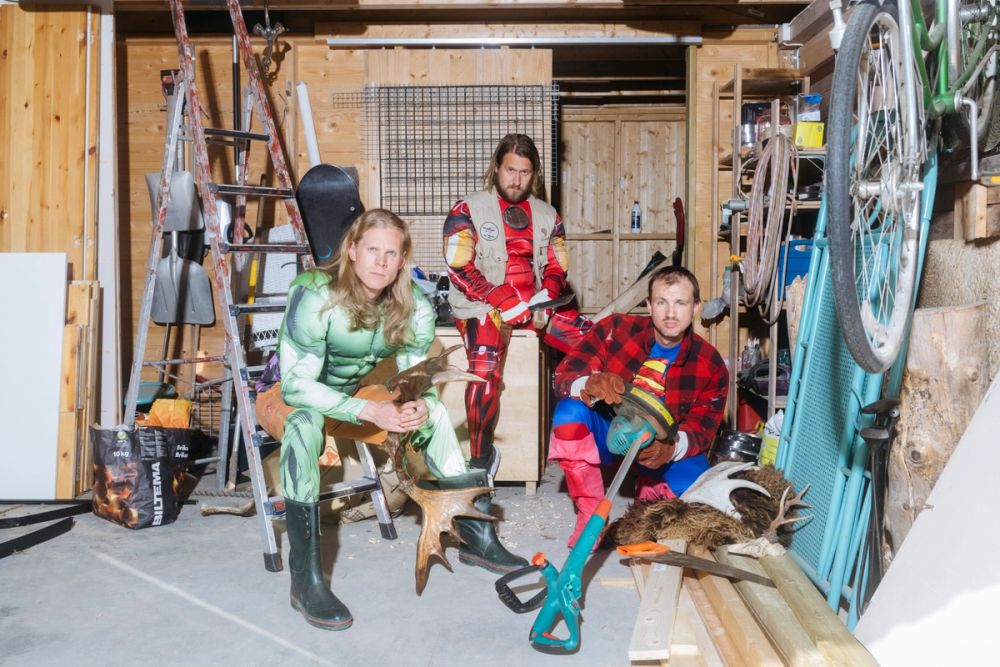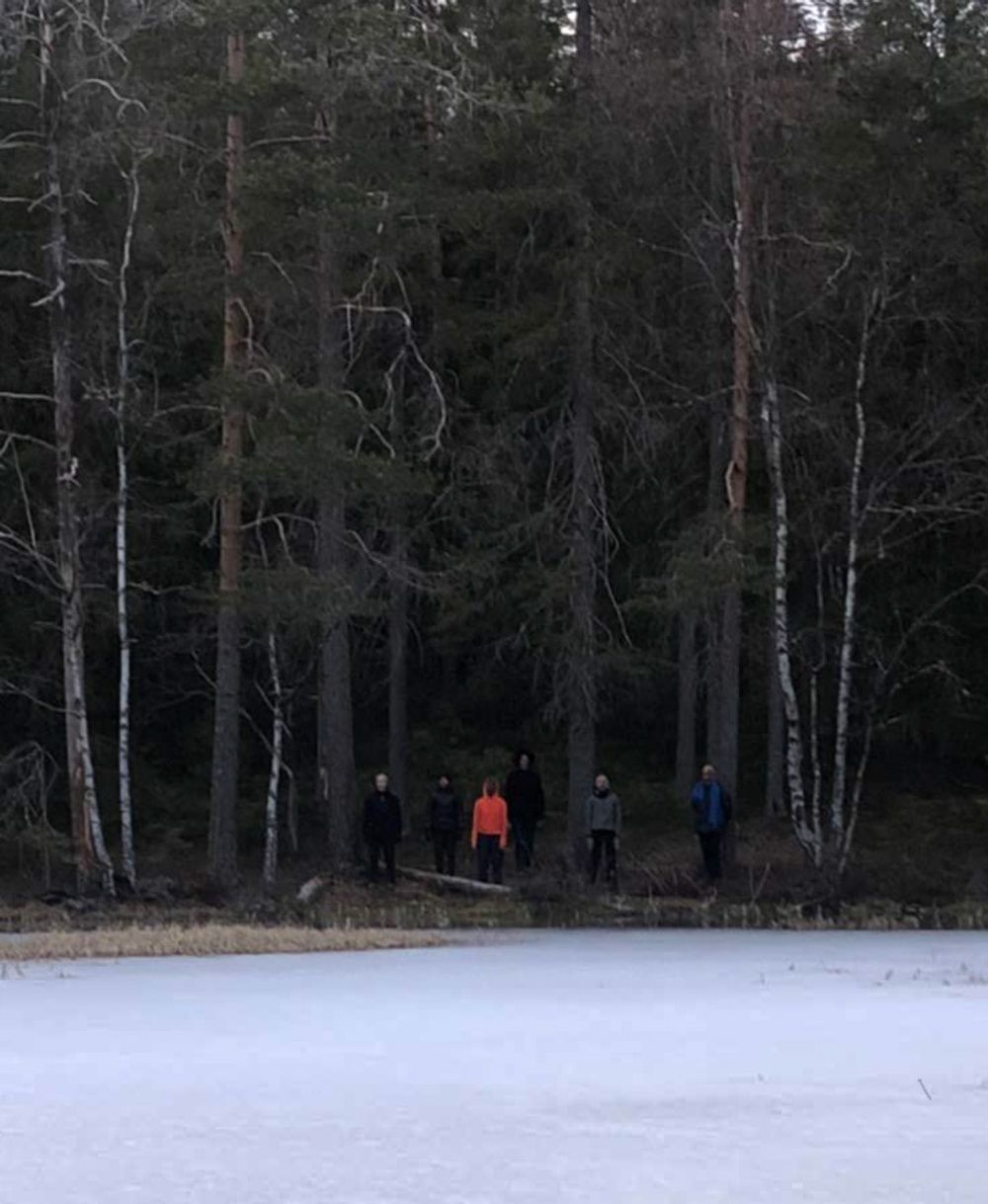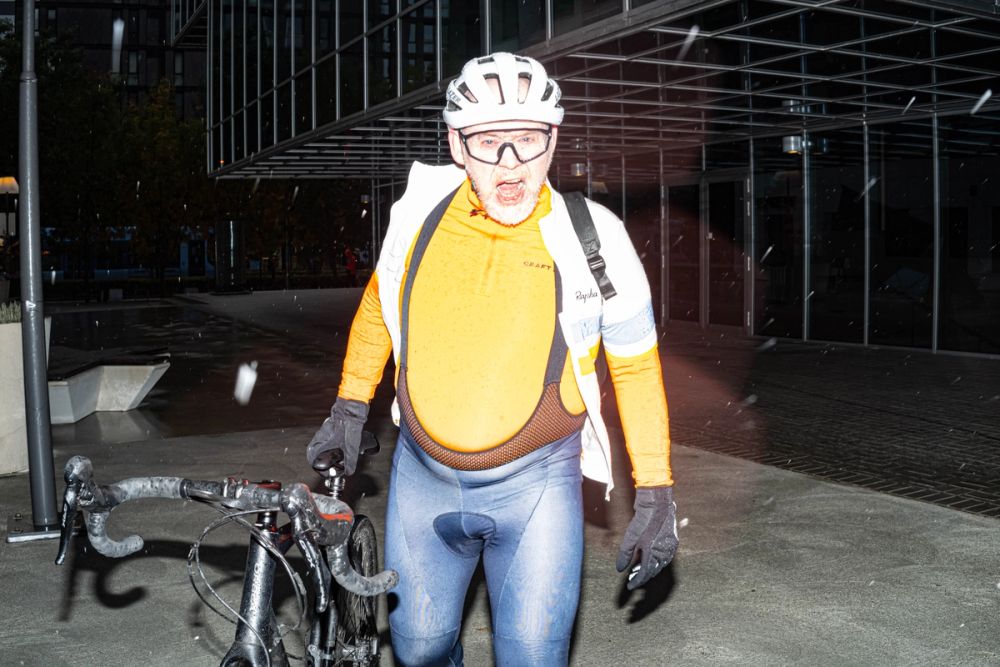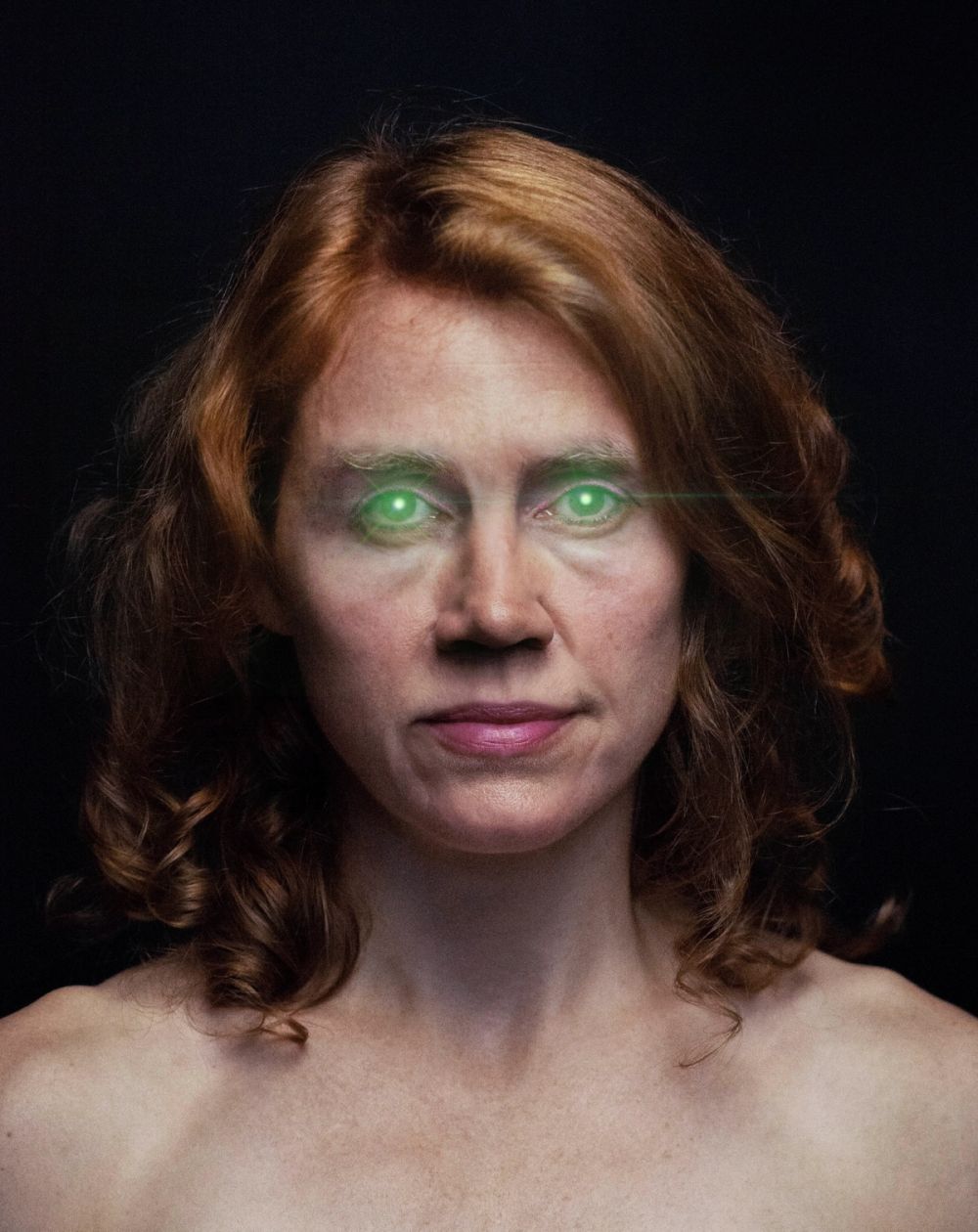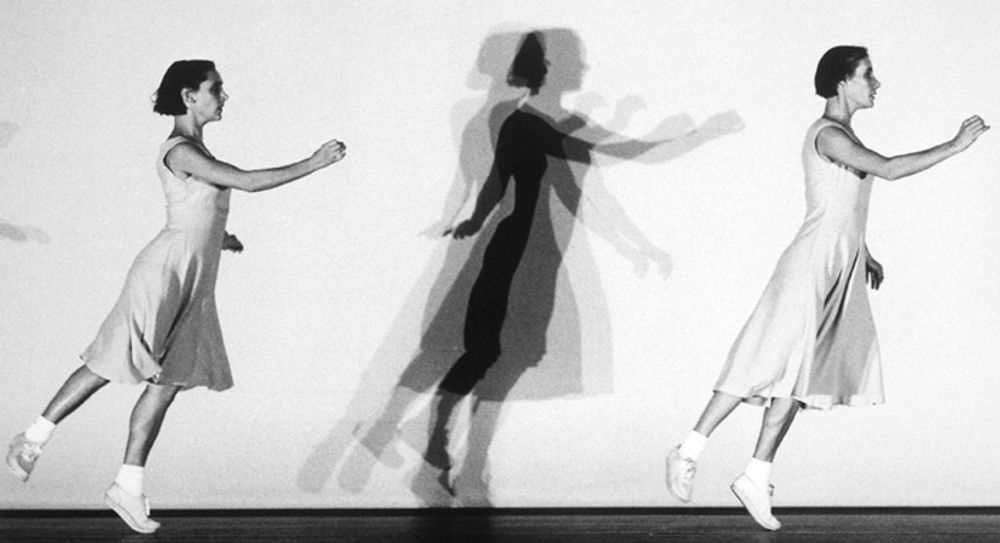When she returned from New York, De Keersmaeker created Fase, four movements on the music of Steve Reich, which opened in the Beursschouwburg in Brussels in 1982. This production exploded onto the scene and is still considered to have been the starting point of the contemporary dance movement that developed in Flanders during the eighties. Fase was danced by De Keersmaeker herself and Michèle Anne De Mey. The musical basis of the choreography consisted of four minimalist works by the American composer Steve Reich, all written between 1966 and 1972: Piano Phase, Come Out, Violin Phase and Clapping Music. De Keersmaeker had already choreographed the dance solo for Violin Phase while in New York. It was created in collaboration with the members of the Steve Reich and Musicians ensemble, and was performed for the first time in 1981.
Fase is a choreographic entity, and as such is more than simply the sum of its four parts. The choice of movements, the division of space, the lighting and other elements formed part of the deliberate construction of the complete dramaturgy that encompassed all four parts. This pursuit of choreographic unity is also visible in the well thought-out use of several basic motifs: in the dancing in Piano Phase the straight line is alternated with the circle (the dancers turn on their own axis); in Come Out the dancers also trace out circles, but are here confined to the chairs they are sitting on; in the solo Violin Phase, the whole stage is used and is cleft by circular and diagonal lines; in Clapping Music the straight line again dominates. Characteristic of these movements divided into four parts is their division into short sequences that are incessantly repeated and which gradually change by way of small shifts. One might say that in compiling her vocabulary of movement, De Keersmaeker initially expressed herself in short sentences. Simple phrases were, in the course of repetition, varied and recombined and thereby forged into longer units. In Fase, which is often called minimalist, the language is mainly abstract: there is no story, and the performers do not refer to any characters.
In Fase, De Keersmaeker marked out a major direction for her later work, one which was closely concerned with the specific relationship between music and dance. Even though her language of movement was to evolve thoroughly over time, in creating a choreography De Keersmaeker was always to start from an in-depth analysis of the musical score. In this process the first condition was that the dance should never illustrate the music. It was rather that the choreography served to articulate certain basic principles of composition used in a way that was independent and autonomous. More particularly, De Keersmaeker aspires to an analogous relationship between dance and music. She usually finds the foundations for this in the structure of the music, which is then taken up in the choreography. This transposition may primarily involve the use of the space, the temporal sequence of movements, or the movements themselves. In Violin Phase, for instance, a circular structure is closely linked to the fact that this composition is based on the rondo (use of space). The percussive use of the piano in Piano Phase is reflected choreographically in short and angular gestures (movements). And at a more general level each of the four parts of Fase keeps to the principle of gradual phasing that is also characteristic of Steve Reich’s minimalist music: movements which are originally carried out in perfect synchronisation, although apparently constantly repeated, are gradually shifted and offset (temporal composition).
This type of structural analogy between dance and music has become the trade mark of De Keersmaeker’s choreography. Especially in the productions whose titles even refer to the music used, the choreographic handwriting (a term De Keersmaeker often uses in interviews and conversations) enters into a literally structural dialogue with the musical score.
Marianne Van Kerkhoven and Rudi Laermans
